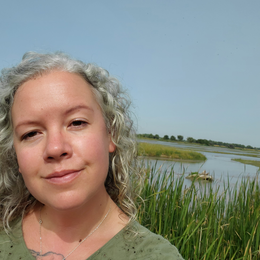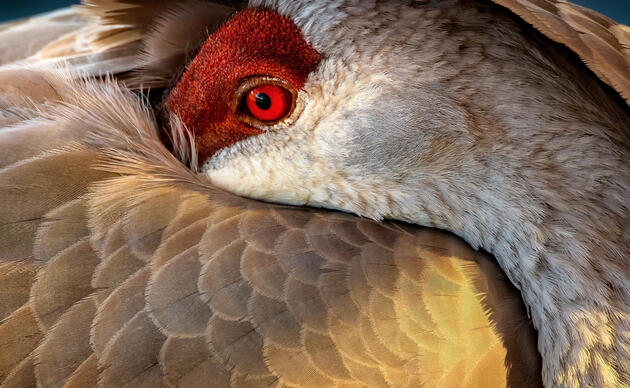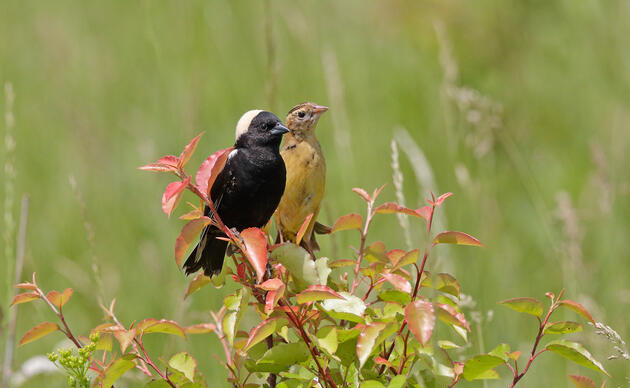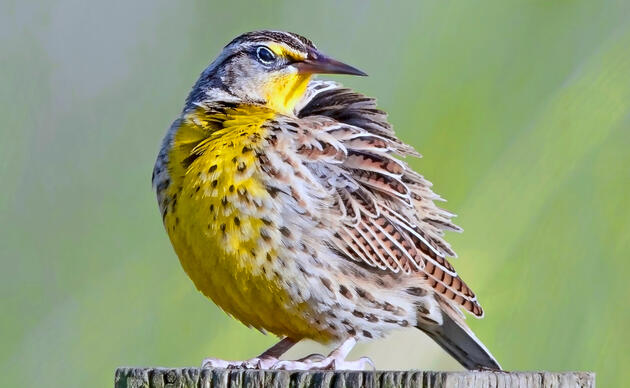For over a century, human development driven by agriculture and urban expansion has led to the loss of a significant amount of wetland and grassland habitat in the Platte River Basin, compromising the ecological connection and function that provides essential wildlife habitats and ecological services. On top of that, local communities and habitats along the Platte River are expected to experience the effects of climate change, including temperature increases, prolonged droughts, and heavy storm events.
In order to build resiliency in Platte River communities and ecosystems facing intensifying climatic events, Audubon Great Plains is expanding its Urban Woods and Prairies Initiative into the Platte River Basin. Through this program, Audubon works closely with community members to integrate natural and urban landscapes by restoring high-quality habitat for bird and wildlife species, while encouraging community members to explore and learn about local ecosystems. Nature-based solutions and expanding green space are key to this initiative because they aid in flood mitigation while providing wildlife habitat, environmental education, and outdoor recreational opportunities within communities.
In support of the Urban Woods and Prairies Initiative, Audubon Great Plains partnered with NASA’s DEVELOP program to assess how land cover – vegetation vs. man-made surfaces – has changed across the Central Platte River Basin and where communities are facing the highest risk of flooding. Through NASA’s remote sensing capabilities, we can see where decreases in wetland and vegetated areas, increases in hard surface areas, and flooding risk overlap, which allows us to pinpoint where we should target future Urban Woods and Prairies restoration efforts along the Platte.
The NASA DEVELOP team just completed Phase 1 of this project and will conclude with Phase 2 this summer. With these tools, Audubon Great Plains and our partners will be more empowered to expand mitigation and restoration efforts further into the Platte River Basin, improving community resiliency and protecting habitats for the wildlife that rely on them.




